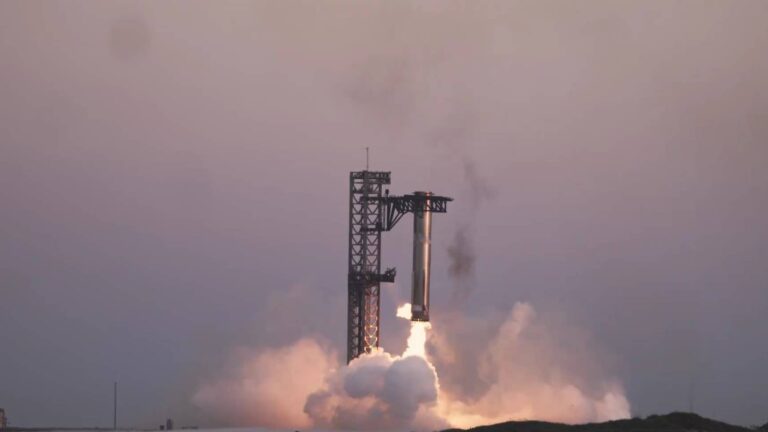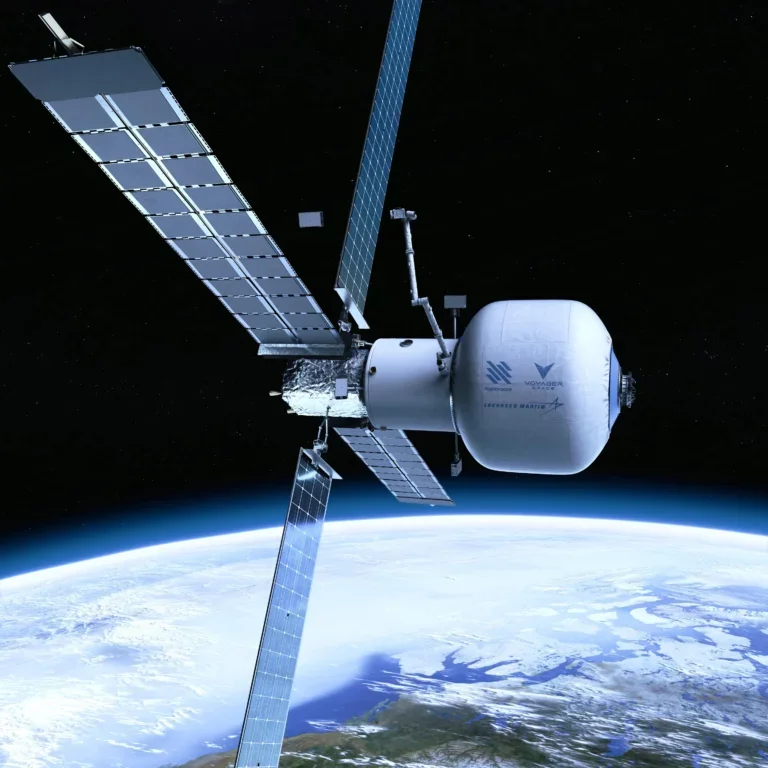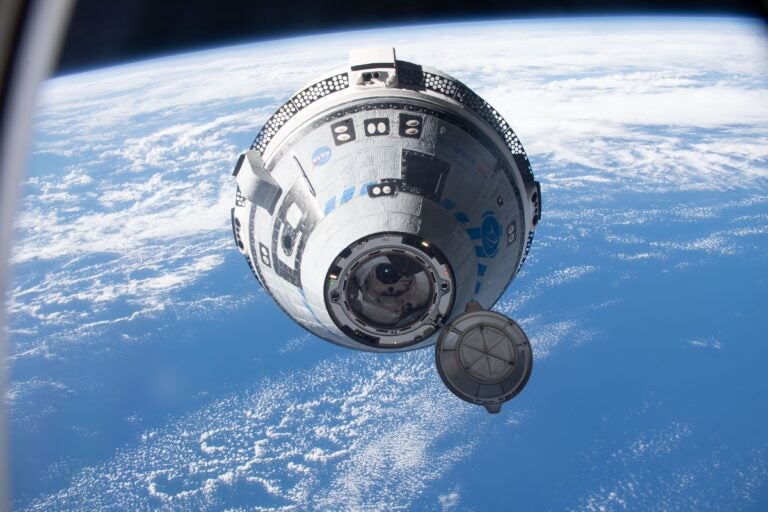The video presents 20 frames, looped five times, that span a 30-minute period on June 1, 2011. During that time, Vesta rotates about 30 degrees. The images included here are used by navigators to fine-tune Dawn’s trajectory during its approach to Vesta, with arrival expected on July 16, 2011. The images show a dark feature near Vesta’s equator moving from left to right across the field of view as Vesta rotates. Images also show Vesta’s jagged, irregular shape, hinting at the enormous crater known to exist at Vesta’s south pole.
This movie shows surface details beginning to resolve as NASA’s Dawn spacecraft closes in on the giant asteroid Vesta. The framing camera aboard NASA’s Dawn spacecraft obtained the images used for this animation from a distance of about 300,000 miles (483,000 kilometers).
“Like strangers in a strange land, we’re looking for familiar landmarks,” said Jian-Yang Li, a Dawn participating scientist from the University of Maryland in College Park. “The shadowy spot is one of those — it appears to match a feature, known as ‘Feature B,’ from images of Vesta taken by NASA’s Hubble Space Telescope.”
Before orbiting Vesta on July 16, Dawn will gently slow down to about 75 mph (120 km/h). NASA is expecting to release more images on a weekly basis, with more frequent images available once the spacecraft begins collecting science at Vesta.
Vesta is 330 miles (530 km) in diameter and the second-most massive object in the asteroid belt. It is also the only large asteroid with a basaltic surface formed due to volcanic processes early in the solar system’s history. Vesta is considered a protoplanet because it is a large body that almost formed into a planet.
“Vesta is coming more and more into focus,” said Andreas Nathues, framing camera lead investigator, based at the Max Planck Institute for Solar System Research, Katlenburg-Lindau, Germany. “Dawn’s framing camera is working exactly as anticipated.”









